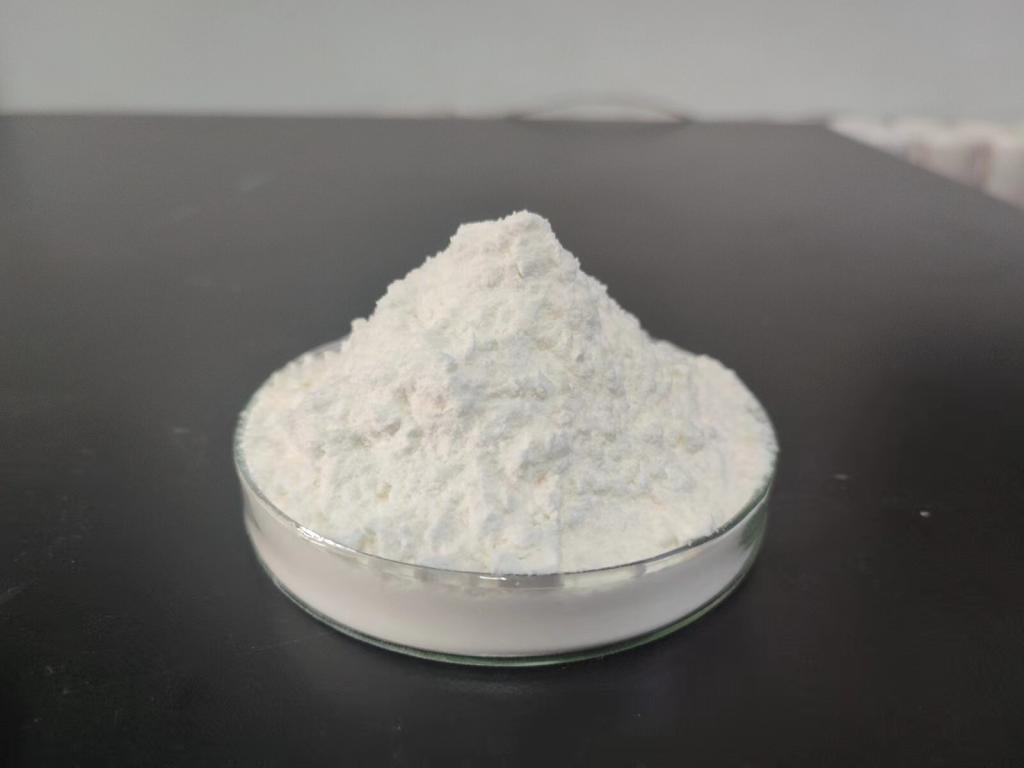Tel:+8618231198596

News
 CONTACT
CONTACT
 CONTACT
CONTACT
- Linkman:Linda Yao
- Tel: +8618231198596
- Email:linda.yao@dcpharma.cn
- Linkman:CHARLES.WANG
- Department:Overseas
- Tel: 0086 0311-85537378 0086 0311-85539701
News
Investigating the synergistic effects of ε-Polylysine hydrochloride with other antimicrobials.
TIME:2024-04-17
Understanding ε-Polylysine Hydrochloride:
ε-Polylysine hydrochloride is a cationic polypeptide composed of repeating units of L-lysine linked by peptide bonds. It exhibits antimicrobial activity by disrupting microbial cell membranes, inhibiting protein synthesis, and interfering with cellular metabolism. ε-PL is considered safe for consumption and has been approved as a food additive in several countries, including the United States, Japan, and China.
Synergistic Interactions with Other Antimicrobials:
Recent studies have investigated the synergistic interactions between ε-PL and various antimicrobial agents, including:
Essential Oils: Essential oils extracted from plants contain bioactive compounds with antimicrobial properties. When combined with ε-PL, essential oils such as thyme, oregano, and cinnamon have shown synergistic effects against foodborne pathogens. The combination of ε-PL with essential oils enhances microbial inhibition and extends the shelf life of food products.
Organic Acids: Organic acids, such as acetic acid, lactic acid, and citric acid, are naturally occurring compounds with antimicrobial activity. When used in combination with ε-PL, organic acids act synergistically to inhibit microbial growth in food products. The combination of ε-PL with organic acids improves antimicrobial efficacy and reduces the risk of microbial contamination.
Plant-derived Extracts: Plant-derived extracts, such as grape seed extract, green tea extract, and cranberry extract, contain polyphenolic compounds with antimicrobial properties. When combined with ε-PL, these extracts exhibit synergistic effects against a wide range of microorganisms. The combination of ε-PL with plant-derived extracts enhances microbial inhibition and preserves the quality of food products.
Bacteriocins: Bacteriocins are antimicrobial peptides produced by bacteria to inhibit the growth of closely related species. When combined with ε-PL, bacteriocins from different bacterial strains show synergistic effects against foodborne pathogens. The combination of ε-PL with bacteriocins enhances microbial inhibition and reduces the risk of bacterial contamination in food products.
Mechanisms of Synergy:
The synergistic interactions between ε-PL and other antimicrobials can be attributed to several mechanisms:
Complementary Modes of Action: ε-PL and other antimicrobials may target different cellular structures or metabolic pathways in microorganisms, leading to complementary modes of action. When combined, they exert synergistic effects by disrupting multiple cellular processes, such as cell membrane integrity, protein synthesis, and enzyme activity, resulting in enhanced microbial inhibition.
Potentiation of Antimicrobial Activity: Some antimicrobials may potentiate the antimicrobial activity of ε-PL by enhancing its stability, solubility, or cellular uptake. For example, essential oils can increase the permeability of microbial membranes, allowing ε-PL to penetrate more effectively and exert its antimicrobial effects. Similarly, organic acids can lower the pH of the environment, creating conditions that favor ε-PL activity against microorganisms.
Suppression of Resistance Development: The combination of ε-PL with other antimicrobials may reduce the likelihood of microbial resistance development by targeting multiple cellular targets simultaneously. By inhibiting different stages of microbial growth and replication, synergistic antimicrobial combinations make it more difficult for microorganisms to develop resistance mechanisms, thereby prolonging the effectiveness of antimicrobial treatments.
Implications for Food Safety and Preservation:
The synergistic interactions between ε-PL and other antimicrobials have significant implications for food safety and preservation:
Extended Shelf Life: By enhancing antimicrobial efficacy, synergistic combinations of ε-PL with other antimicrobials can extend the shelf life of food products, reducing the risk of spoilage and improving overall product quality.
Reduced Reliance on Chemical Preservatives: Synergistic antimicrobial combinations offer a natural alternative to chemical preservatives, addressing consumer demand for clean-label and minimally processed foods while ensuring microbial safety.
Enhanced Food Safety: The synergistic effects of ε-PL with other antimicrobials contribute to improved food safety by inhibiting the growth of foodborne pathogens and reducing the risk of foodborne illnesses.
Conclusion:
The synergistic interactions between ε-PL and other antimicrobials represent a promising approach for enhancing food safety and preservation. By combining complementary modes of action, potentiating antimicrobial activity, and suppressing resistance development, synergistic antimicrobial combinations offer effective solutions for extending the shelf life of food products and ensuring microbial safety.
Future research should continue to explore novel synergistic combinations, optimize formulation parameters, and evaluate the safety and efficacy of these antimicrobial treatments in various food matrices. By harnessing the synergistic effects of ε-PL with other antimicrobials, the food industry can advance towards sustainable and effective strategies for food safety and preservation, promoting consumer confidence and satisfaction.
- Tel:+8618231198596
- Whatsapp:18231198596
- Chat With Skype







